Asbestos removal is a critical process that requires careful planning to ensure the safety of your household. If your home was built before the 1980s, there’s a chance it may contain asbestos in materials such as insulation, flooring, or ceiling tiles. When disturbed, asbestos fibers can become airborne, posing serious health risks. Asbestos Removal Disposal services are also accessible in the internet. Nonetheless, it is advisable to make your home ready for the removal process. Preparing your home correctly before asbestos removal begins can help minimize exposure and ensure a smooth operation. Below are a few things you can do to get ready.
Hire a Certified Asbestos Removal Team
Before starting the process, find a certified asbestos abatement company. Professionals have the necessary equipment, knowledge, and protective gear to manage and deal with hazardous materials safely. Attempting to remove asbestos on your own can be dangerous and may violate local regulations. Checking for proper licensing and insurance ensures you’re working with a reputable company that follows safety protocols.

Clear the Work Area
To facilitate safe and efficient removal, clear the affected areas of furniture, rugs, curtains, and personal belongings. Removing items prevents contamination and allows workers to perform their job without obstructions. In cases where furniture cannot be moved, covering it with plastic sheets can help protect it from asbestos dust. The goal is to create a workspace that minimizes unnecessary exposure and makes cleanup easier.
Seal Off the Area
Asbestos removal specialists will typically seal off the area to prevent fibers from spreading to other parts of the home. However, as a homeowner, you can assist by restricting access to the space before work begins. Closing doors and windows, as well as turning off heating and cooling systems, can help contain the affected environment. Family members and pets should be relocated to another section of the home or, ideally, another location during the process.
Notify Neighbors and Follow Regulations
If the removal is extensive, it’s courteous to inform neighbors in advance. This is especially important in shared buildings or close residential areas where asbestos exposure could affect others. Some locations also require notification to local environmental agencies before removal begins. Checking your area’s specific regulations ensures compliance with safety laws and proper disposal procedures.
Plan for Post-Removal Cleaning and Inspection
After the asbestos is removed, a thorough cleaning process follows. Professionals use specialized vacuums and filtration systems to eliminate any remaining fibers. Scheduling an air quality test after the removal ensures that no asbestos particles remain in your home. Only after receiving clearance from experts should you begin moving furniture back and resuming normal activities.
Conclusion
Proper preparation is essential when dealing with asbestos removal. Hiring certified professionals, clearing the workspace, sealing off affected areas, and following safety guidelines help ensure a safe and efficient process. Taking these precautions protects your household from potential exposure and guarantees the removal is completed according to industry standards.

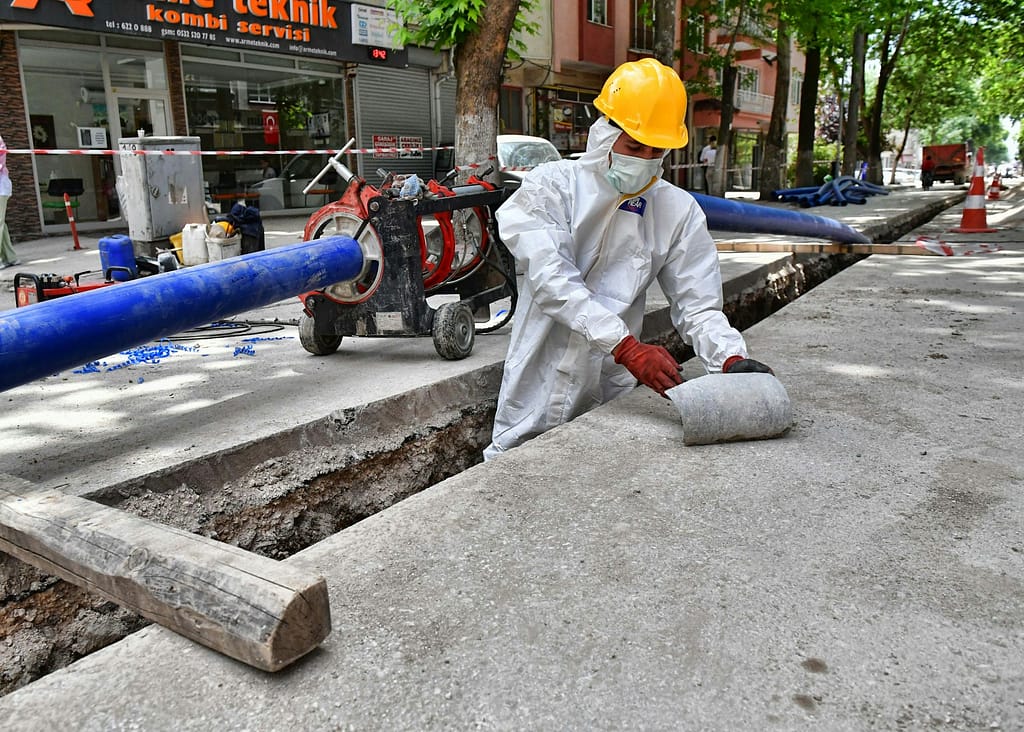

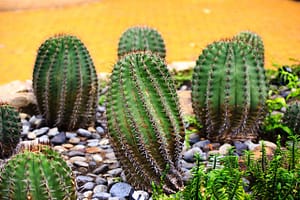 Water conservation is everything that makes xeriscaping a great innovation in landscaping. In areas where water scarcity looms, this approach offers a lifeline for your garden. By selecting native and drought-resistant plants, you drastically reduce the need for frequent watering.
Water conservation is everything that makes xeriscaping a great innovation in landscaping. In areas where water scarcity looms, this approach offers a lifeline for your garden. By selecting native and drought-resistant plants, you drastically reduce the need for frequent watering.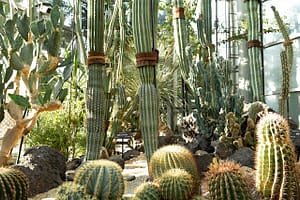 Xeriscaping goes beyond a landscaping hype; it’s an eco-friendly revolution. But why? Choosing drought-resistant plants means creating habitats that support local wildlife. Birds, butterflies, and beneficial insects thrive in these vibrant environments.
Xeriscaping goes beyond a landscaping hype; it’s an eco-friendly revolution. But why? Choosing drought-resistant plants means creating habitats that support local wildlife. Birds, butterflies, and beneficial insects thrive in these vibrant environments.




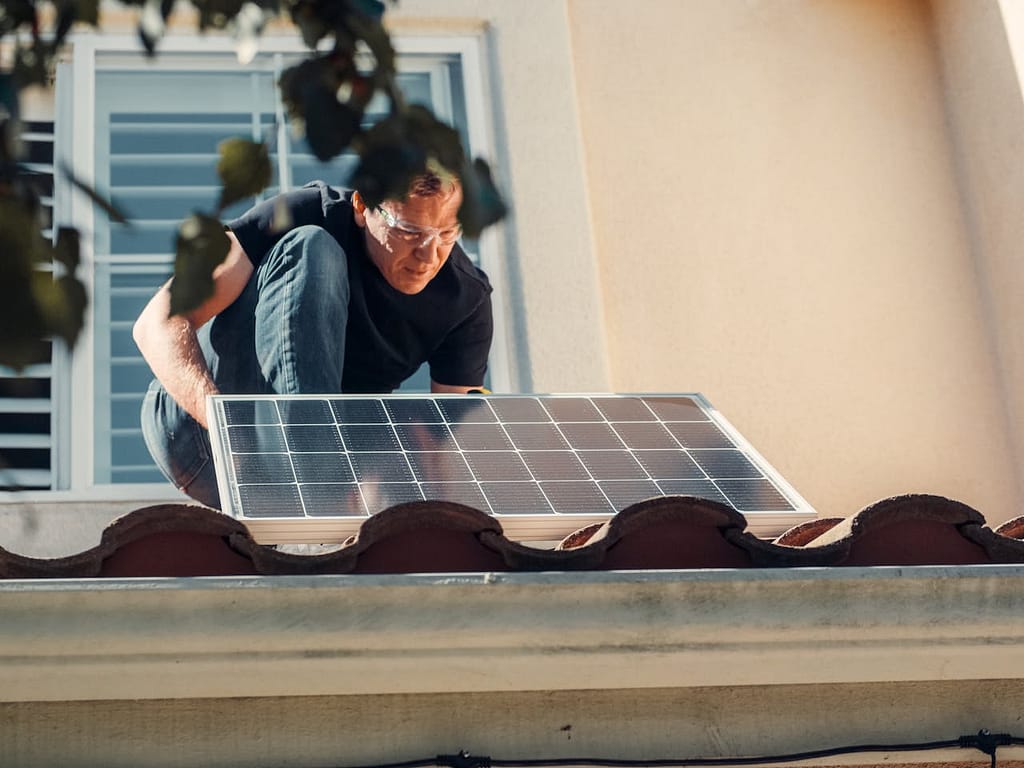
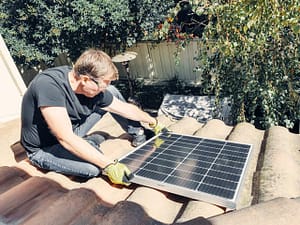 If you’ve decided to install solar panels Essex at home, you might be pleasantly surprised by the incentives and rebates available. Many governments and local authorities, including in the UK, offer financial incentives to encourage homeowners to go solar. These can include tax credits, cash rebates, and even performance-based incentives.
If you’ve decided to install solar panels Essex at home, you might be pleasantly surprised by the incentives and rebates available. Many governments and local authorities, including in the UK, offer financial incentives to encourage homeowners to go solar. These can include tax credits, cash rebates, and even performance-based incentives.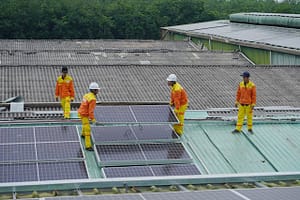 When you install a solar panel system in your home, you’re not just saving on energy costs and increasing efficiency. You’re also boosting the market value of your property. Let me explain. Potential buyers are known for increasingly looking for homes or apartment units that are equipped with sustainable features like solar panels.
When you install a solar panel system in your home, you’re not just saving on energy costs and increasing efficiency. You’re also boosting the market value of your property. Let me explain. Potential buyers are known for increasingly looking for homes or apartment units that are equipped with sustainable features like solar panels.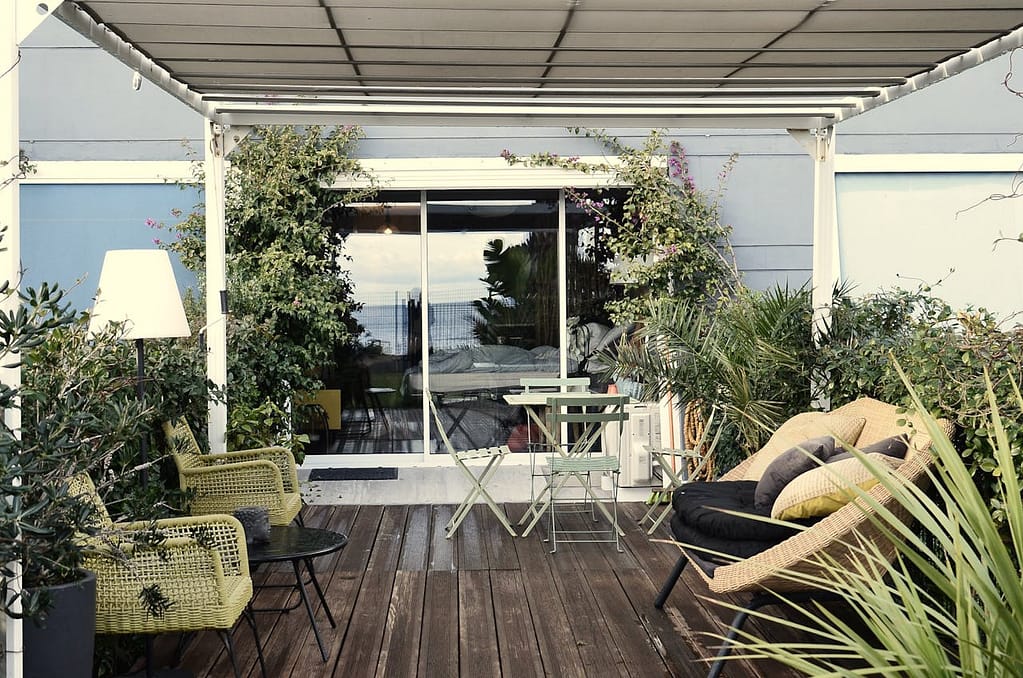
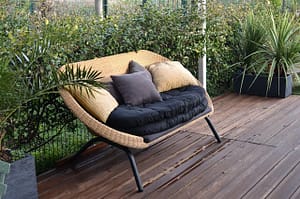 After a long winter hibernation, it’s time to give your wooden outdoor patio furniture some much-needed attention. Start by removing any dust, dirt, and debris that may have accumulated during the colder months. Use a gentle soap or wood cleaner with warm water to scrub away grime and stains.
After a long winter hibernation, it’s time to give your wooden outdoor patio furniture some much-needed attention. Start by removing any dust, dirt, and debris that may have accumulated during the colder months. Use a gentle soap or wood cleaner with warm water to scrub away grime and stains. As the winter months approach, it’s time to get your garage or storage room ready. Why? You want to store the furniture indoors to protect your wooden outdoor
As the winter months approach, it’s time to get your garage or storage room ready. Why? You want to store the furniture indoors to protect your wooden outdoor 
 One of the primary benefits of selling your house for cash is the expeditious nature of the transaction. Cash sales eradicate the need for bank approvals, appraisals, and the often lengthy financing process. With a cash buyer, you can close the deal in a matter of days, providing a swift and hassle-free experience.
One of the primary benefits of selling your house for cash is the expeditious nature of the transaction. Cash sales eradicate the need for bank approvals, appraisals, and the often lengthy financing process. With a cash buyer, you can close the deal in a matter of days, providing a swift and hassle-free experience.
 Traditional home sales often come with various costs, including real estate agent commissions, closing costs, and potential expenses for repairs or renovations requested by buyers. Selling for cash eliminates many of these expenses. Without the need for real estate agents or extensive repairs, sellers can significantly reduce their financial outlay.
Traditional home sales often come with various costs, including real estate agent commissions, closing costs, and potential expenses for repairs or renovations requested by buyers. Selling for cash eliminates many of these expenses. Without the need for real estate agents or extensive repairs, sellers can significantly reduce their financial outlay.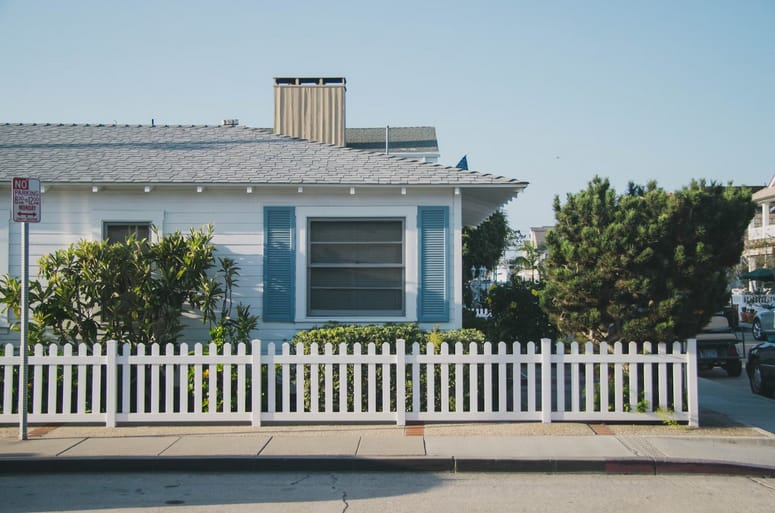





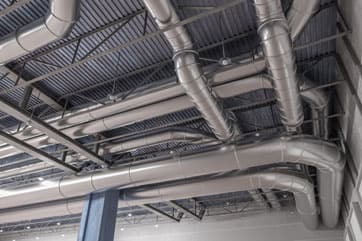
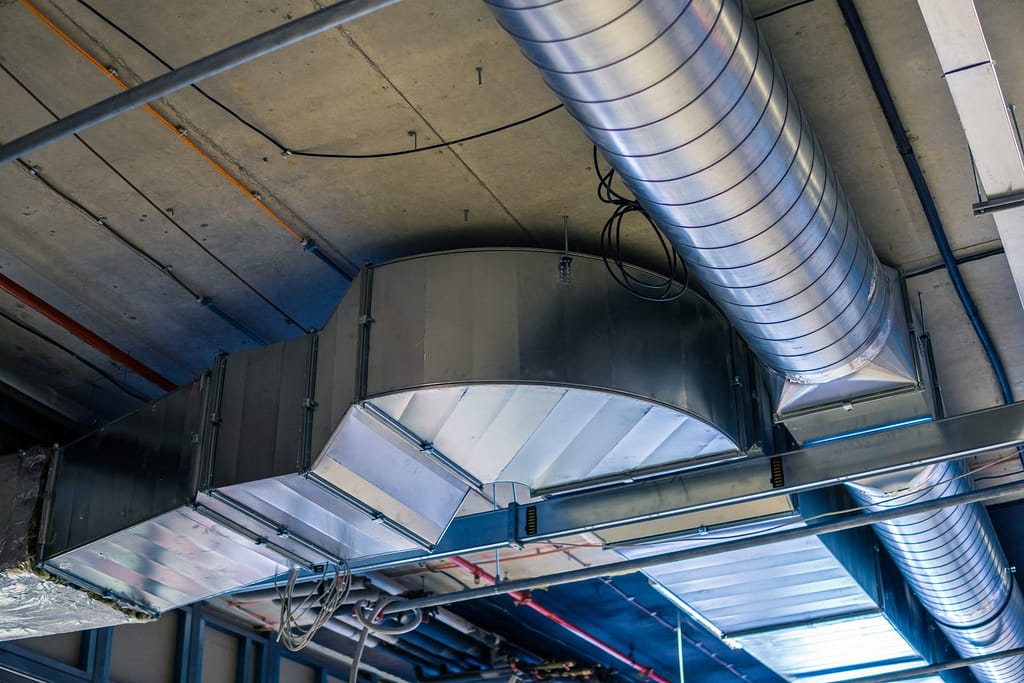

 Let’s start by talking about the budget-friendly and easy-to-apply nature of staining. If you’re working with a tight budget, staining is definitely the way to go. Stain typically costs less than paint, making it a more affordable option for your woodworking project.
Let’s start by talking about the budget-friendly and easy-to-apply nature of staining. If you’re working with a tight budget, staining is definitely the way to go. Stain typically costs less than paint, making it a more affordable option for your woodworking project. When deciding between staining and painting for your woodworking project, there is no definitive answer. Both methods have their own unique benefits and can create stunning results. It ultimately depends on your personal preference, the look you want to achieve, and the specific requirements of your project.
When deciding between staining and painting for your woodworking project, there is no definitive answer. Both methods have their own unique benefits and can create stunning results. It ultimately depends on your personal preference, the look you want to achieve, and the specific requirements of your project.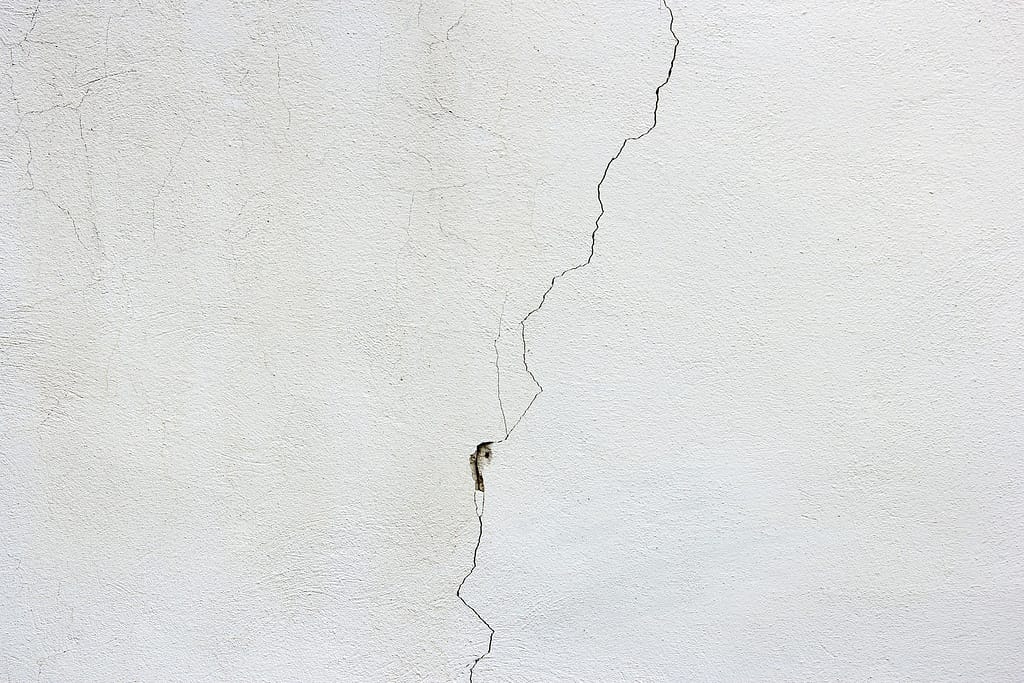
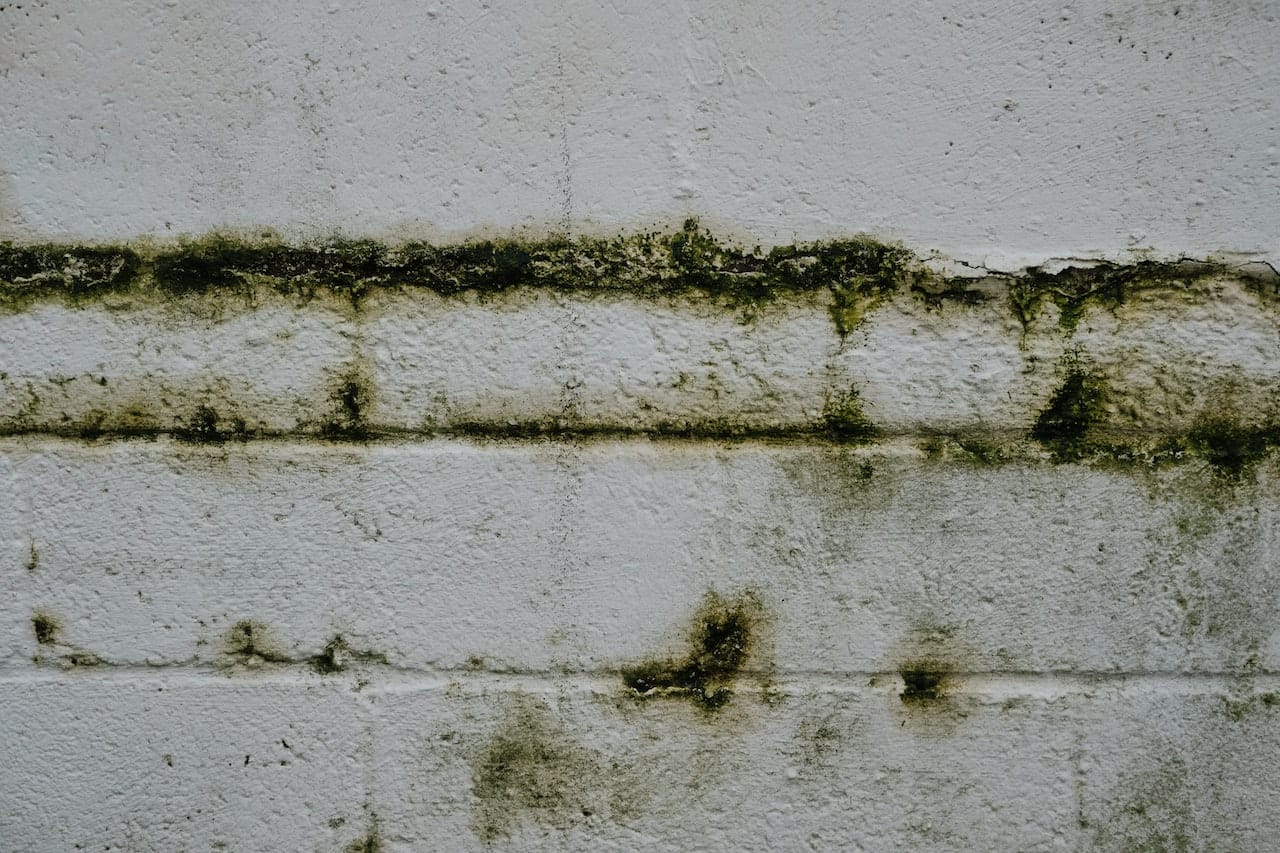
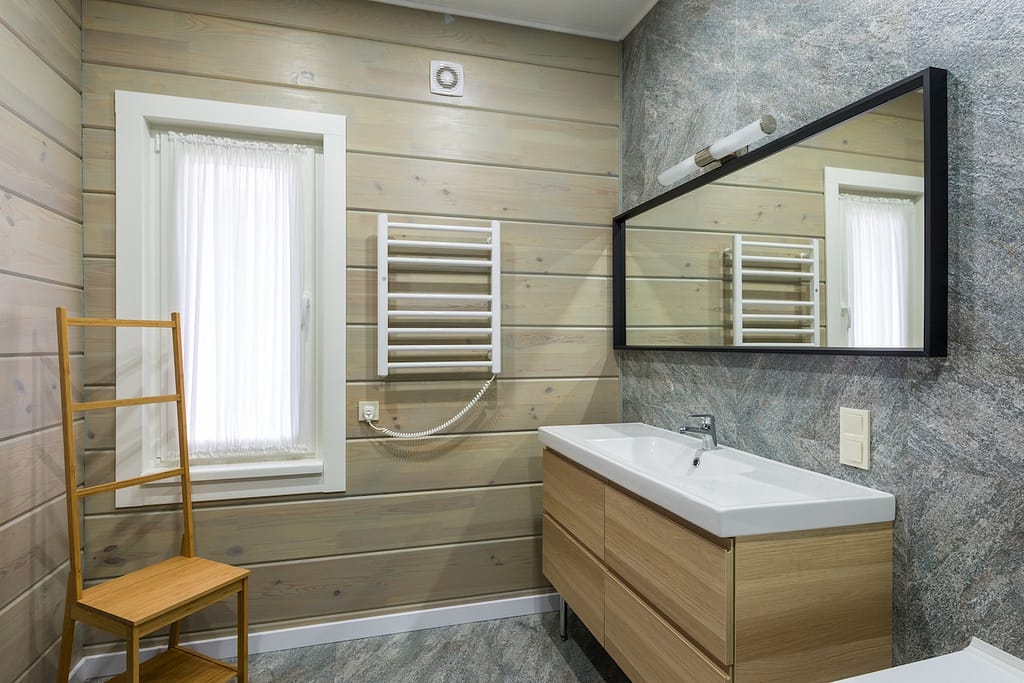

 A high-quality heated towel rail is not just a practical accessory; it’s also a stylish addition to any bathroom. It comes in various designs, finishes, and sizes, allowing you to choose one that complements your bathroom aesthetic and meets your specific needs.
A high-quality heated towel rail is not just a practical accessory; it’s also a stylish addition to any bathroom. It comes in various designs, finishes, and sizes, allowing you to choose one that complements your bathroom aesthetic and meets your specific needs.
 Regular cleaning is one of the most effective strategies to prevent pest infestations in your home. Pests thrive in dirty, cluttered environments where they can easily hide and breed. By keeping your living space clean and tidy, you’ll make it much less appealing for pests to settle down. One of the first steps to take is regularly vacuuming, especially in areas prone to crumbs or spills, like the kitchen and dining room.
Regular cleaning is one of the most effective strategies to prevent pest infestations in your home. Pests thrive in dirty, cluttered environments where they can easily hide and breed. By keeping your living space clean and tidy, you’ll make it much less appealing for pests to settle down. One of the first steps to take is regularly vacuuming, especially in areas prone to crumbs or spills, like the kitchen and dining room. Promoting effective trash management is an important step in preventing pest infestations. Leaving food scraps and other waste around can attract various pests, including rodents and insects. Firstly, make sure that all trash bins have tight-fitting lids. This will help keep odors contained and prevent pests from accessing the bin’s contents. It’s also important to empty your indoor bins regularly so they don’t become too full. Another strategy for promoting effective trash management is to separate recyclable materials from regular household waste.
Promoting effective trash management is an important step in preventing pest infestations. Leaving food scraps and other waste around can attract various pests, including rodents and insects. Firstly, make sure that all trash bins have tight-fitting lids. This will help keep odors contained and prevent pests from accessing the bin’s contents. It’s also important to empty your indoor bins regularly so they don’t become too full. Another strategy for promoting effective trash management is to separate recyclable materials from regular household waste.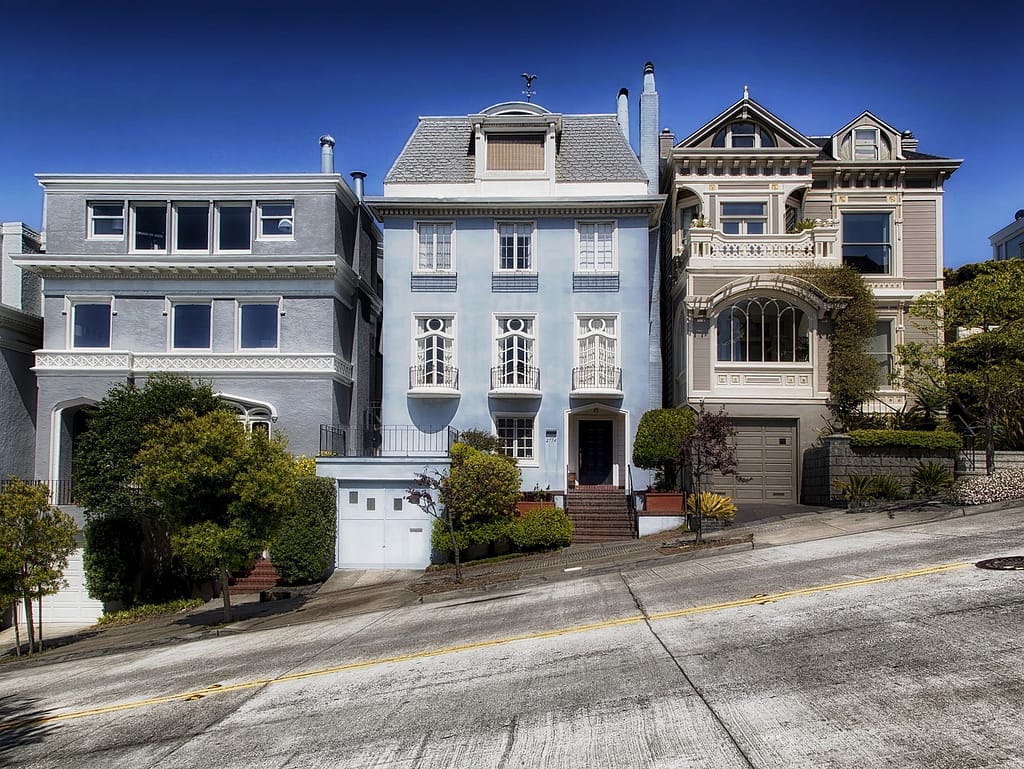
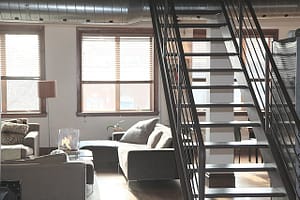


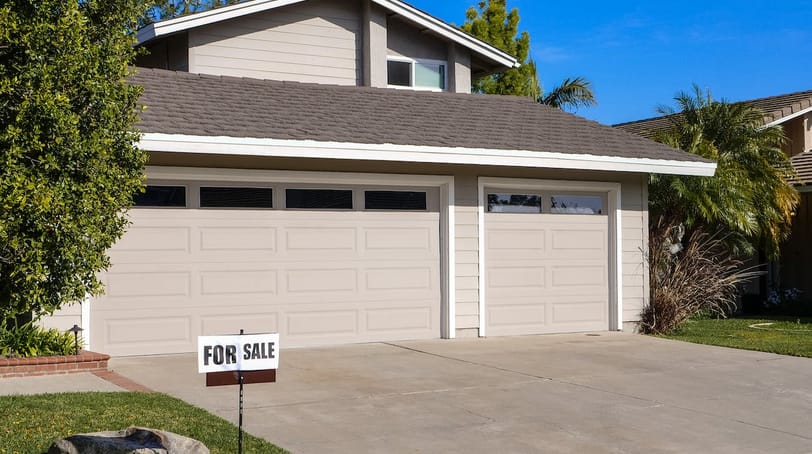


 Let’s get started with the entrance. In Chinese culture, your entranceway is considered the gateway between the outdoors and your home. Therefore, it’s important to ensure that it looks spick and span. Start by giving the door a good wash with detergent and warm water so you can get rid of all the dirt.
Let’s get started with the entrance. In Chinese culture, your entranceway is considered the gateway between the outdoors and your home. Therefore, it’s important to ensure that it looks spick and span. Start by giving the door a good wash with detergent and warm water so you can get rid of all the dirt.

 The first tip when selling your home is to find a real estate agent you trust and with whom you have great communication. Your real estate agent will be your guide throughout the entire process, so it’s important to establish a good relationship up front.
The first tip when selling your home is to find a real estate agent you trust and with whom you have great communication. Your real estate agent will be your guide throughout the entire process, so it’s important to establish a good relationship up front. 


 The first way to increase your home value is to start a garden. Depending on your space and budget, this can be a big or small project. You could plant trees, shrubs, and flowers if you have a large yard. If you want to have a variety of plants, you should choose from online plants. They have a wide variety of plants you can choose from. Not only will a garden make your home more beautiful, but it will also increase its value. Research has shown that homes with gardens sell for up to 20% more than those without them. So, starting a garden is a great place to start if you’re looking to boost your home’s value.
The first way to increase your home value is to start a garden. Depending on your space and budget, this can be a big or small project. You could plant trees, shrubs, and flowers if you have a large yard. If you want to have a variety of plants, you should choose from online plants. They have a wide variety of plants you can choose from. Not only will a garden make your home more beautiful, but it will also increase its value. Research has shown that homes with gardens sell for up to 20% more than those without them. So, starting a garden is a great place to start if you’re looking to boost your home’s value. The second way to increase your home value is to paint the exterior. This is a relatively inexpensive project that can make a big difference in the way your home looks. If your home’s paint is faded or peeling, it will definitely bring down its value. On the other hand, a fresh coat of paint will make it look more appealing and increase its value. When choosing a paint color, it’s important to consider the other homes in your neighborhood. You don’t want your home to stick out like a sore thumb. Try to choose a color that will complement the other houses on your street.
The second way to increase your home value is to paint the exterior. This is a relatively inexpensive project that can make a big difference in the way your home looks. If your home’s paint is faded or peeling, it will definitely bring down its value. On the other hand, a fresh coat of paint will make it look more appealing and increase its value. When choosing a paint color, it’s important to consider the other homes in your neighborhood. You don’t want your home to stick out like a sore thumb. Try to choose a color that will complement the other houses on your street. The fourth way to increase your
The fourth way to increase your 
 One of the gutters’ most essential functions is protecting your home from water damage. When it rains, the water runs off your roof and can pool around the base of your home. It can lead to serious moisture problems and even foundation issues over time. By installing gutters, you can ensure that the water is diverted away from your home, protecting it from water damage.
One of the gutters’ most essential functions is protecting your home from water damage. When it rains, the water runs off your roof and can pool around the base of your home. It can lead to serious moisture problems and even foundation issues over time. By installing gutters, you can ensure that the water is diverted away from your home, protecting it from water damage.
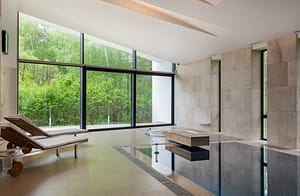 The first step in building an indoor swimming pool is to decide on a design. This can be tricky because you want your pool to make a statement, but you also don’t want it to be too over-the-top. An excellent way to achieve this is to pick a theme for your pool. For example, if you’re going for a luxurious feel, you might want to consider a Roman-inspired design. If you’re going for a more modern look, a sleek and simple design might be the way to go. Whatever route you choose, ensure your pool design is cohesive with the rest of your home.
The first step in building an indoor swimming pool is to decide on a design. This can be tricky because you want your pool to make a statement, but you also don’t want it to be too over-the-top. An excellent way to achieve this is to pick a theme for your pool. For example, if you’re going for a luxurious feel, you might want to consider a Roman-inspired design. If you’re going for a more modern look, a sleek and simple design might be the way to go. Whatever route you choose, ensure your pool design is cohesive with the rest of your home. Once you’ve decided on a design, the next step is to construct the shell of your pool. It is where things can get a bit tricky, so it’s essential to make sure that you hire a professional to help you with this part. They will be able to ensure that the shell is constructed correctly and that there are no leaks. On top of that, they will also be able to add any features you want, such as steps or a waterfall.
Once you’ve decided on a design, the next step is to construct the shell of your pool. It is where things can get a bit tricky, so it’s essential to make sure that you hire a professional to help you with this part. They will be able to ensure that the shell is constructed correctly and that there are no leaks. On top of that, they will also be able to add any features you want, such as steps or a waterfall. After your pool shell has been constructed, it’s time to do the fittings and lights. It is where you will be able to add any features that you want. For example, if you want a waterfall in your pool, this is where it will be installed. You will also need to install the lights at this stage. LED lights are a popular choice because they add a touch of luxury to your pool. Not only that, but they are also more energy-efficient than traditional lights.
After your pool shell has been constructed, it’s time to do the fittings and lights. It is where you will be able to add any features that you want. For example, if you want a waterfall in your pool, this is where it will be installed. You will also need to install the lights at this stage. LED lights are a popular choice because they add a touch of luxury to your pool. Not only that, but they are also more energy-efficient than traditional lights.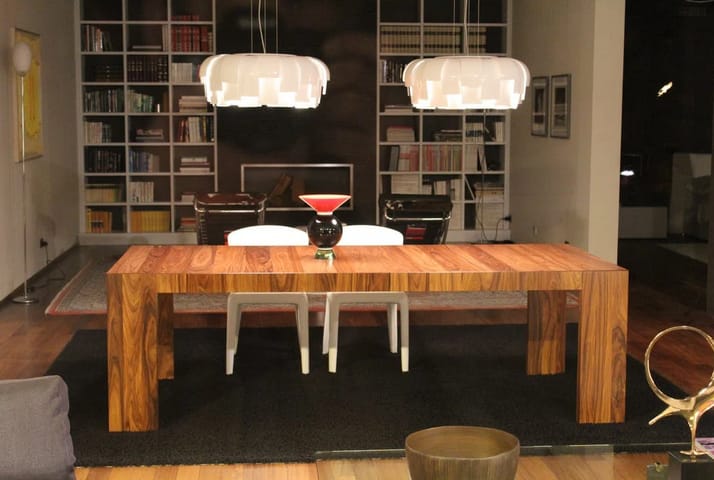
 First things first, you need to make sure you purchase the suitable epoxy resin for your project. Not all epoxy resins are created equal, and different types are better suited for certain projects.
First things first, you need to make sure you purchase the suitable epoxy resin for your project. Not all epoxy resins are created equal, and different types are better suited for certain projects. Last but not least, you will need to finish up your project with a sealant or top coat. It will help to protect the epoxy resin and keep it looking its best. You can apply a sealant with a brush or spray it on. Once you have applied the sealant, you must allow it to dry. Be sure to follow the instructions on the sealant that you purchase.
Last but not least, you will need to finish up your project with a sealant or top coat. It will help to protect the epoxy resin and keep it looking its best. You can apply a sealant with a brush or spray it on. Once you have applied the sealant, you must allow it to dry. Be sure to follow the instructions on the sealant that you purchase.
 Since it is typical for the living room to be the space where you entertain guests, it is essential to keep it clean. Whenever there is a spill, try to clean it up as soon as possible. The same goes for dirt and debris; sweep or vacuum regularly to avoid a buildup of dirt in your living room.
Since it is typical for the living room to be the space where you entertain guests, it is essential to keep it clean. Whenever there is a spill, try to clean it up as soon as possible. The same goes for dirt and debris; sweep or vacuum regularly to avoid a buildup of dirt in your living room. Most homeowners tend to forget about their windows. They’re up there, minding their own business and providing a nice view, so we don’t think about them often. But if you want your living room to look its best, you should be cleaning your windows every other week.
Most homeowners tend to forget about their windows. They’re up there, minding their own business and providing a nice view, so we don’t think about them often. But if you want your living room to look its best, you should be cleaning your windows every other week.
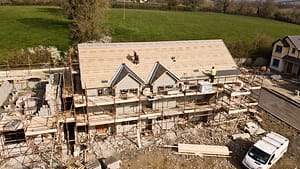 One of the best ways to ensure that your roof is in good condition is to hire roof specialists. These professionals have the knowledge and experience necessary to spot potential problems and do roof restoration. They can also advise you on how to maintain your roof so that it will last for years to come. Roofs can be expensive, so it’s essential to make sure that they’re well-maintained. If you do not have the budget to hire roof specialists, you can ask your friends or family members for recommendations.
One of the best ways to ensure that your roof is in good condition is to hire roof specialists. These professionals have the knowledge and experience necessary to spot potential problems and do roof restoration. They can also advise you on how to maintain your roof so that it will last for years to come. Roofs can be expensive, so it’s essential to make sure that they’re well-maintained. If you do not have the budget to hire roof specialists, you can ask your friends or family members for recommendations.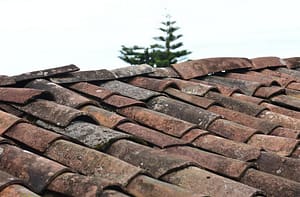 The second way to make your roof look new is to clean away any accumulated debris. Leaves, twigs, and other organic matter can all contribute to the deterioration of your roof, so it’s important to remove them on a regular basis. You can do this yourself with a garden hose and a stiff brush, or you can hire a professional to do it for you. If you plan to clean your roof yourself, be sure to take safety precautions and use a ladder. This is so you can avoid any accidents.
The second way to make your roof look new is to clean away any accumulated debris. Leaves, twigs, and other organic matter can all contribute to the deterioration of your roof, so it’s important to remove them on a regular basis. You can do this yourself with a garden hose and a stiff brush, or you can hire a professional to do it for you. If you plan to clean your roof yourself, be sure to take safety precautions and use a ladder. This is so you can avoid any accidents. Lastly, if your gutters are old and outdated, they could be contributing to the deterioration of your roof. In addition, they can also make your home look unsightly. To improve the appearance of your roof, you should consider installing new gutters. This is a relatively easy and inexpensive project that can make a big difference in the way your home looks. Make sure that you do some research before you select the right style of gutters for your home. Do some measurements and take into account the type of material that your gutters are made out of. With a little bit of effort, you can make your roof look new again in no time.
Lastly, if your gutters are old and outdated, they could be contributing to the deterioration of your roof. In addition, they can also make your home look unsightly. To improve the appearance of your roof, you should consider installing new gutters. This is a relatively easy and inexpensive project that can make a big difference in the way your home looks. Make sure that you do some research before you select the right style of gutters for your home. Do some measurements and take into account the type of material that your gutters are made out of. With a little bit of effort, you can make your roof look new again in no time.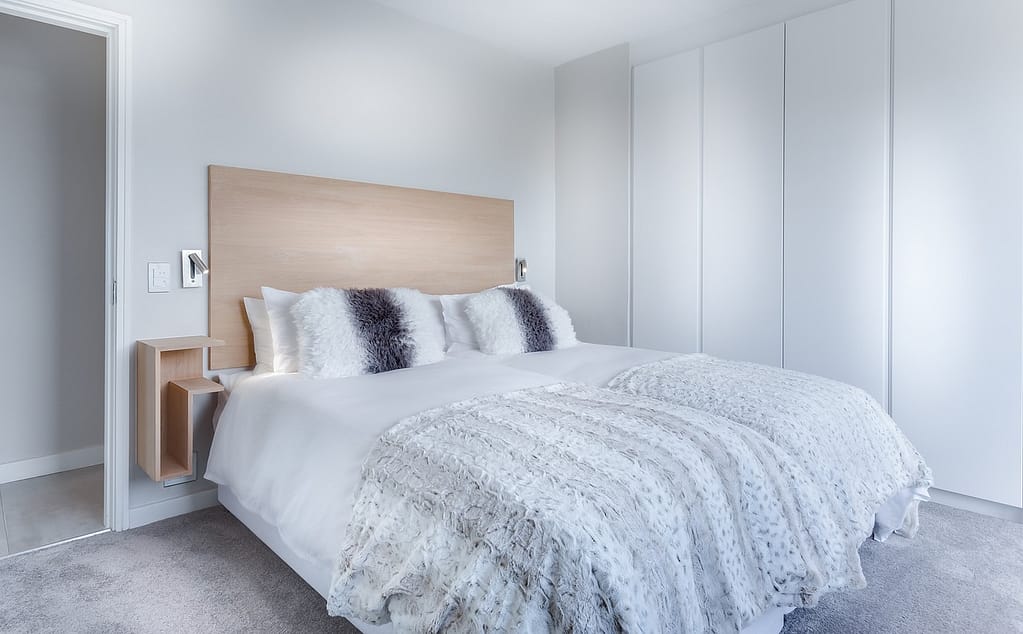
 If you or your family members suffer from allergies or asthma, it is essential to keep your mattress clean. A professional cleaner will remove all the dust mites, bacteria, and other allergens that can trigger an allergy or asthma attack. It will create a healthier environment for everyone in your home.
If you or your family members suffer from allergies or asthma, it is essential to keep your mattress clean. A professional cleaner will remove all the dust mites, bacteria, and other allergens that can trigger an allergy or asthma attack. It will create a healthier environment for everyone in your home. If you want your mattress to last for many years, it is essential to clean it regularly. A professional cleaner will be able to remove all the dirt and grime that can shorten the life of your mattress. They will also be able to treat any stains that may occur. By having your mattress cleaned regularly, you can extend its life and save money in the long run. When you hire a professional mattress cleaning service, you can rest assured that your mattress will be clean and free of any allergens or dirt.
If you want your mattress to last for many years, it is essential to clean it regularly. A professional cleaner will be able to remove all the dirt and grime that can shorten the life of your mattress. They will also be able to treat any stains that may occur. By having your mattress cleaned regularly, you can extend its life and save money in the long run. When you hire a professional mattress cleaning service, you can rest assured that your mattress will be clean and free of any allergens or dirt. If your mattress has an unpleasant smell, a professional cleaner can remove it. The staff will be able to treat any stains or smells present in your bed. In addition, they will also use high-powered vacuums to remove any foul odors.
If your mattress has an unpleasant smell, a professional cleaner can remove it. The staff will be able to treat any stains or smells present in your bed. In addition, they will also use high-powered vacuums to remove any foul odors.
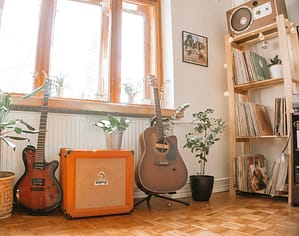 One of the best things about playing music in your home is creating a great atmosphere. Music has the power to set the tone for any occasion, and it can make your home feel more like home. It can also help you relax after a long day or get pumped up before a party. If you want to chill out, put on some soft music. If you want to get hyped up, blast some upbeat tunes. No matter what mood you’re in, there’s a type of music that can help accentuate it.
One of the best things about playing music in your home is creating a great atmosphere. Music has the power to set the tone for any occasion, and it can make your home feel more like home. It can also help you relax after a long day or get pumped up before a party. If you want to chill out, put on some soft music. If you want to get hyped up, blast some upbeat tunes. No matter what mood you’re in, there’s a type of music that can help accentuate it. Listening to music can also reduce stress levels. In fact, one study found that listening to classical music for just 45 minutes per day can significantly reduce stress levels. If you are stressed after work, playing music can help you relax and unwind. It can also help you fall asleep more quickly, which is another way of reducing stress. This is why many people choose to listen to music before bed.
Listening to music can also reduce stress levels. In fact, one study found that listening to classical music for just 45 minutes per day can significantly reduce stress levels. If you are stressed after work, playing music can help you relax and unwind. It can also help you fall asleep more quickly, which is another way of reducing stress. This is why many people choose to listen to music before bed.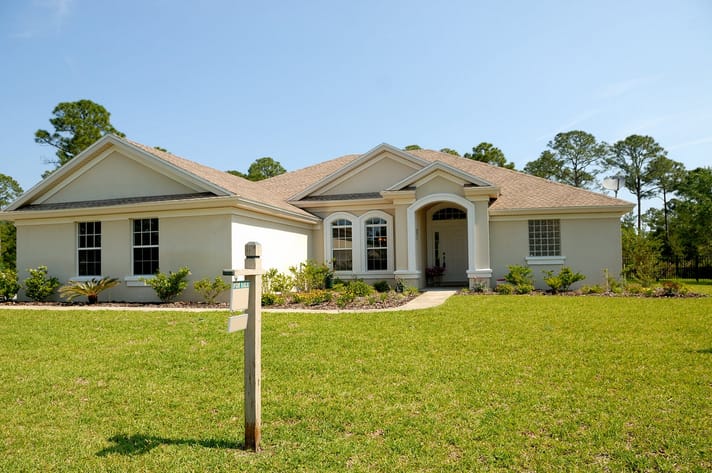

 Read about the history of the area you are interested in buying. Knowing what happened in an area can be important when buying property online. Also, learning about the surrounding neighborhood is essential. How has the crime rate changed over time? What are some of the local attractions that exist nearby? These factors can impact your lifestyle in many ways, which is why it’s essential to learn about them before you invest.
Read about the history of the area you are interested in buying. Knowing what happened in an area can be important when buying property online. Also, learning about the surrounding neighborhood is essential. How has the crime rate changed over time? What are some of the local attractions that exist nearby? These factors can impact your lifestyle in many ways, which is why it’s essential to learn about them before you invest.
 To get the best locksmith for your home, you should choose a company that has been around for some time. Those with experience will know how to fix your problem and even help you prevent the same issue from happening in the future.
To get the best locksmith for your home, you should choose a company that has been around for some time. Those with experience will know how to fix your problem and even help you prevent the same issue from happening in the future. As many homeowners have hired various companies offering locksmith services, it is safe to say that some fellow homeowners can give you the best advice. It might be helpful to ask your friends, family members, or colleagues for referrals of reliable locksmiths in town.
As many homeowners have hired various companies offering locksmith services, it is safe to say that some fellow homeowners can give you the best advice. It might be helpful to ask your friends, family members, or colleagues for referrals of reliable locksmiths in town. The third essential factor you should consider is the type of resources a locksmith has. Locksmiths are not equal as they tend to have different aspects and qualities that set them apart.
The third essential factor you should consider is the type of resources a locksmith has. Locksmiths are not equal as they tend to have different aspects and qualities that set them apart.



 It is close to impossible to complete a home construction project alone without adequate finances. Home renovations are more affordable than building projects. However, partnering up with sponsors or house members can come in handy.
It is close to impossible to complete a home construction project alone without adequate finances. Home renovations are more affordable than building projects. However, partnering up with sponsors or house members can come in handy. Loans are among the most convenient and reliable ways to get whatever amount you need for your home projects. However, some people despise the thought of applying for loans. When you meet all the requirements and have a strategic plan for paying off your loan.
Loans are among the most convenient and reliable ways to get whatever amount you need for your home projects. However, some people despise the thought of applying for loans. When you meet all the requirements and have a strategic plan for paying off your loan.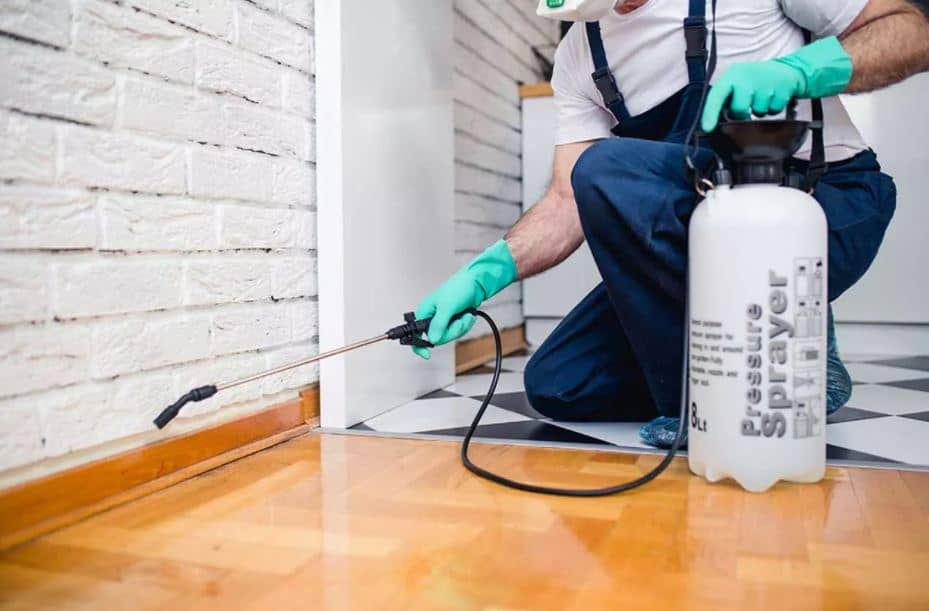
 you can easily get opinions from previous clients through the internet. It is easy for customers of these companies to post reviews online. These reviews can describe both positive and negative experiences with a particular establishment. Reading reviews online can provide you with the good information you need to find the right exterminator.
you can easily get opinions from previous clients through the internet. It is easy for customers of these companies to post reviews online. These reviews can describe both positive and negative experiences with a particular establishment. Reading reviews online can provide you with the good information you need to find the right exterminator. infestations, you’ll want to know what products will be used and the dangers these products can pose to you, your family, and your pets. Ask if you will be advised to leave during the extermination work and how soon it will be safe to return to the scene. Finally, ask the exterminator if a follow-up visit will be necessary, as some infestations require more than one intervention. Make sure the pest exterminator you choose has the right qualifications and expertise for the task.
infestations, you’ll want to know what products will be used and the dangers these products can pose to you, your family, and your pets. Ask if you will be advised to leave during the extermination work and how soon it will be safe to return to the scene. Finally, ask the exterminator if a follow-up visit will be necessary, as some infestations require more than one intervention. Make sure the pest exterminator you choose has the right qualifications and expertise for the task.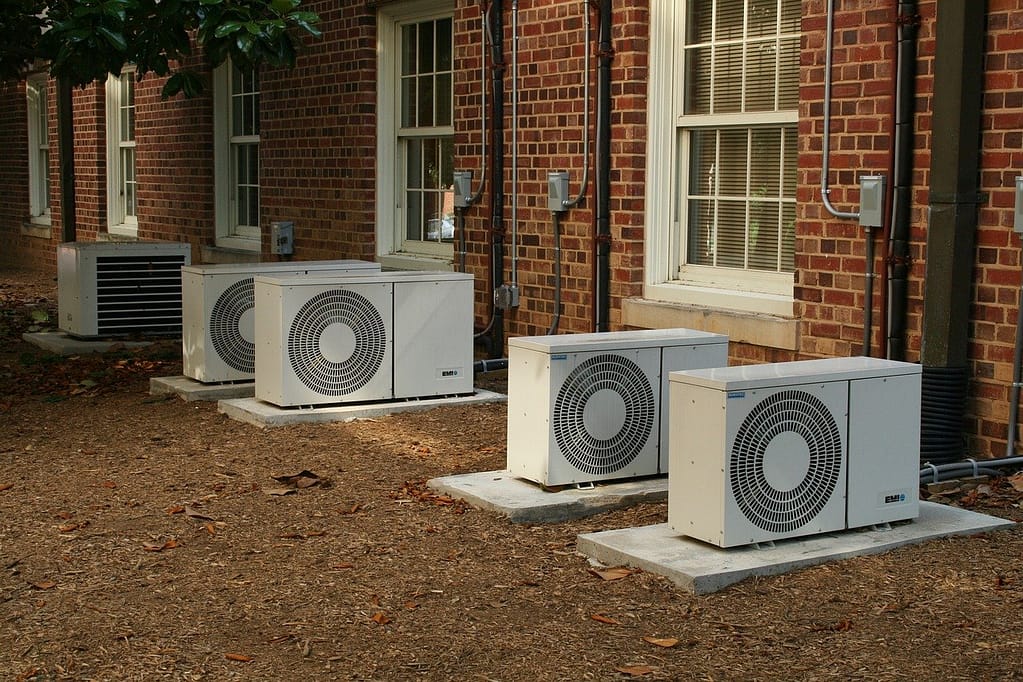
 The first thing you need to consider when choosing a professional AC repair company is insurance. You need to ensure that you select a certified air condition company that is properly licensed or insured.
The first thing you need to consider when choosing a professional AC repair company is insurance. You need to ensure that you select a certified air condition company that is properly licensed or insured. When hiring the right air conditioning company, make sure you go through the company’s references. Most of the reliable and professional companies you will come across will be ready and willing to offer a solid list of referrals so you can check the quality of work they offer. When you come across a company that is not ready to provide several references, avoid it and look for another company.
When hiring the right air conditioning company, make sure you go through the company’s references. Most of the reliable and professional companies you will come across will be ready and willing to offer a solid list of referrals so you can check the quality of work they offer. When you come across a company that is not ready to provide several references, avoid it and look for another company. If you decide to hire the right AC repair company, make sure you go through their portfolio and check its services. It is crucial to understand that a professional AC repair company should offer maintenance services such as inspections, tune-ups, and cleaning. In other words, you will want to choose a repair company that offers 24/7 emergency
If you decide to hire the right AC repair company, make sure you go through their portfolio and check its services. It is crucial to understand that a professional AC repair company should offer maintenance services such as inspections, tune-ups, and cleaning. In other words, you will want to choose a repair company that offers 24/7 emergency 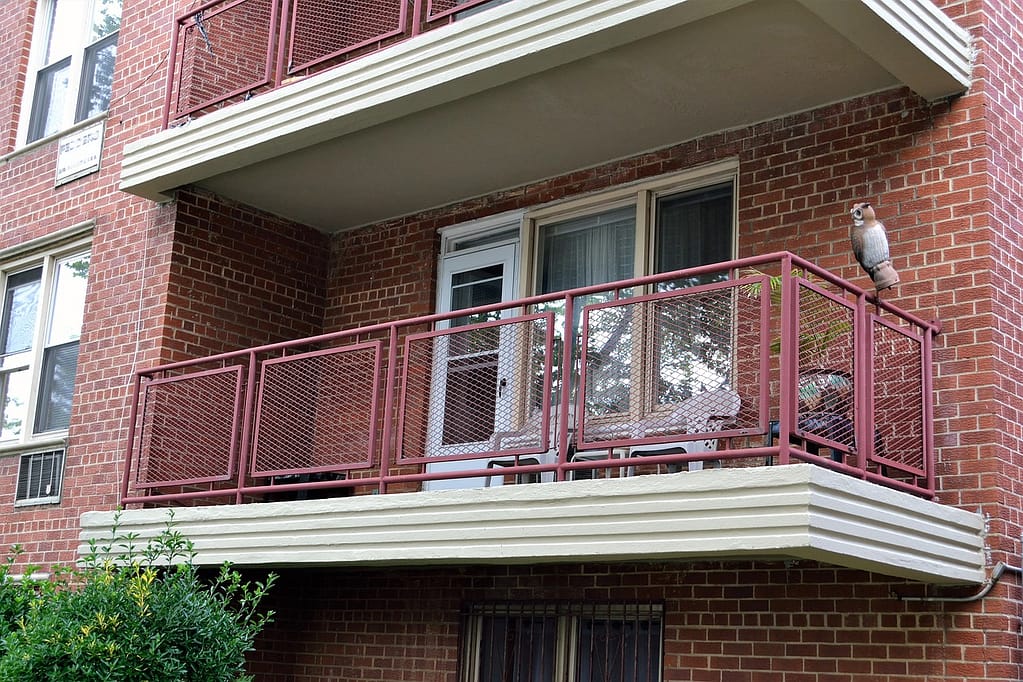
 Any condo facility has its own set of rules and policies. Therefore, you must have a solid understanding of these rules before investing in the condo. The last thing you should wish for is to move into a place where you will not be allowed to do something that you are used to doing, such as keeping pets.
Any condo facility has its own set of rules and policies. Therefore, you must have a solid understanding of these rules before investing in the condo. The last thing you should wish for is to move into a place where you will not be allowed to do something that you are used to doing, such as keeping pets.
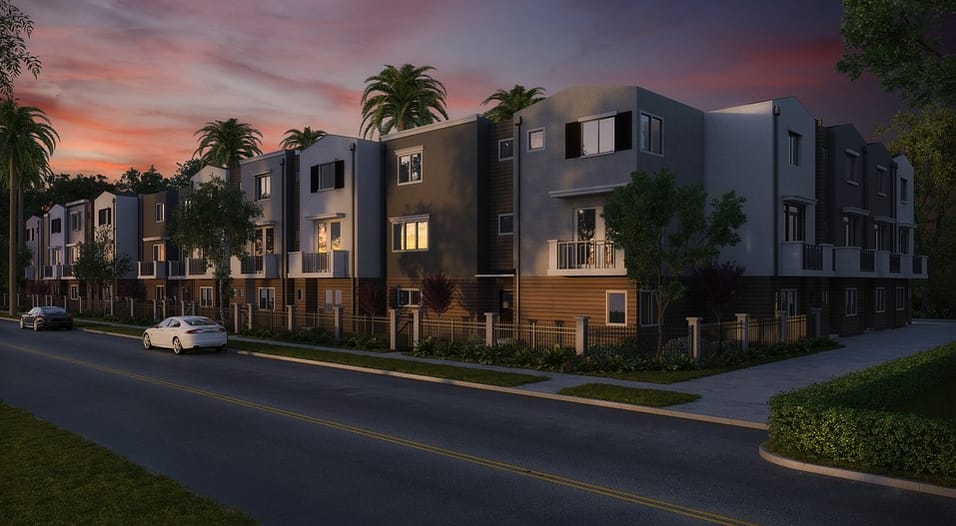
 This is perhaps one of the most significant benefits of condo living. In a condo, your only focus is the house interior. Anything else, including lawn mowing, trimming of bushes, and even cleaning of gutters, is done.
This is perhaps one of the most significant benefits of condo living. In a condo, your only focus is the house interior. Anything else, including lawn mowing, trimming of bushes, and even cleaning of gutters, is done. Living in a condo comes with the advantage of having access to various facilities. They include fitness centers, entertainment centers, and even access to technological resources. Buying a home with a swimming pool can be very costly. But once you own a
Living in a condo comes with the advantage of having access to various facilities. They include fitness centers, entertainment centers, and even access to technological resources. Buying a home with a swimming pool can be very costly. But once you own a 
 even food remains. You need to get rid of them to enhance the stay in your home. Some experts can help get rid of mold from your home. Mold testing is the first procedure they should conduct.
even food remains. You need to get rid of them to enhance the stay in your home. Some experts can help get rid of mold from your home. Mold testing is the first procedure they should conduct. to get rid of them by yourself. Some of the pores might become suspended and move into other rooms in your home. Hiring a mold removal service is essential in preventing the spread. They have different tools and the required expertise to carry out the removal and reduce such from happening.
to get rid of them by yourself. Some of the pores might become suspended and move into other rooms in your home. Hiring a mold removal service is essential in preventing the spread. They have different tools and the required expertise to carry out the removal and reduce such from happening.
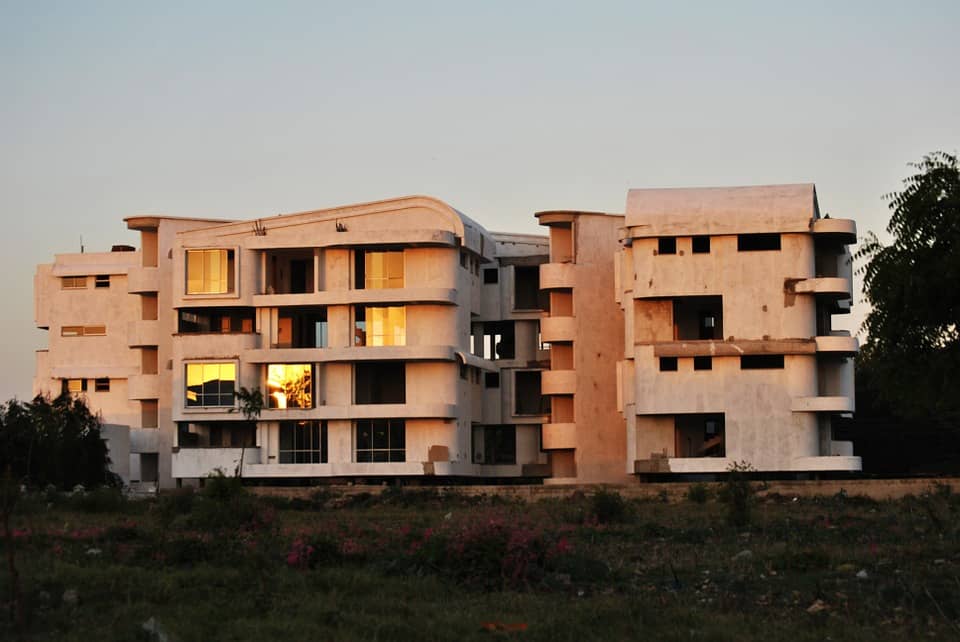
 After determining your budget, you need to begin looking out neighborhoods and choosing where you want to live. During this particular stage, it is vital to be introspective and analyze your personality traits to ensure you find an area that suits you accordingly. You will need to make tough decisions and choose whether you should live in the heart of the city or somewhere quieter. If you are not sure, take your time to check other neighborhoods and spend quality time in the area by talking to locals. If you are planning to start a family in the future, you should keep an eye on daycares, schools, and parks that accommodate your expanding household.
After determining your budget, you need to begin looking out neighborhoods and choosing where you want to live. During this particular stage, it is vital to be introspective and analyze your personality traits to ensure you find an area that suits you accordingly. You will need to make tough decisions and choose whether you should live in the heart of the city or somewhere quieter. If you are not sure, take your time to check other neighborhoods and spend quality time in the area by talking to locals. If you are planning to start a family in the future, you should keep an eye on daycares, schools, and parks that accommodate your expanding household.


 • High-speed doors
• High-speed doors
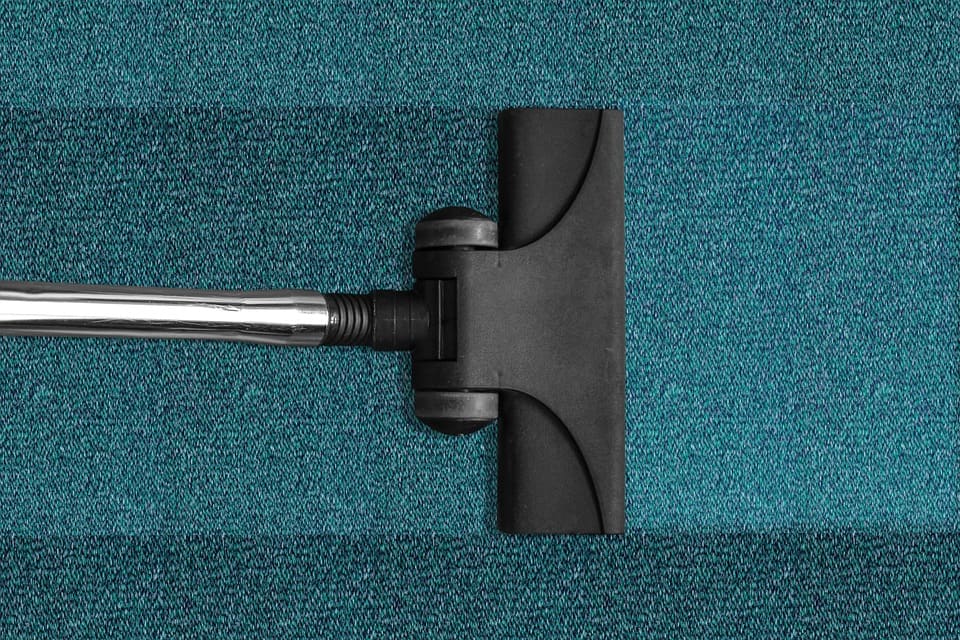


 Care and Maintenance
Care and Maintenance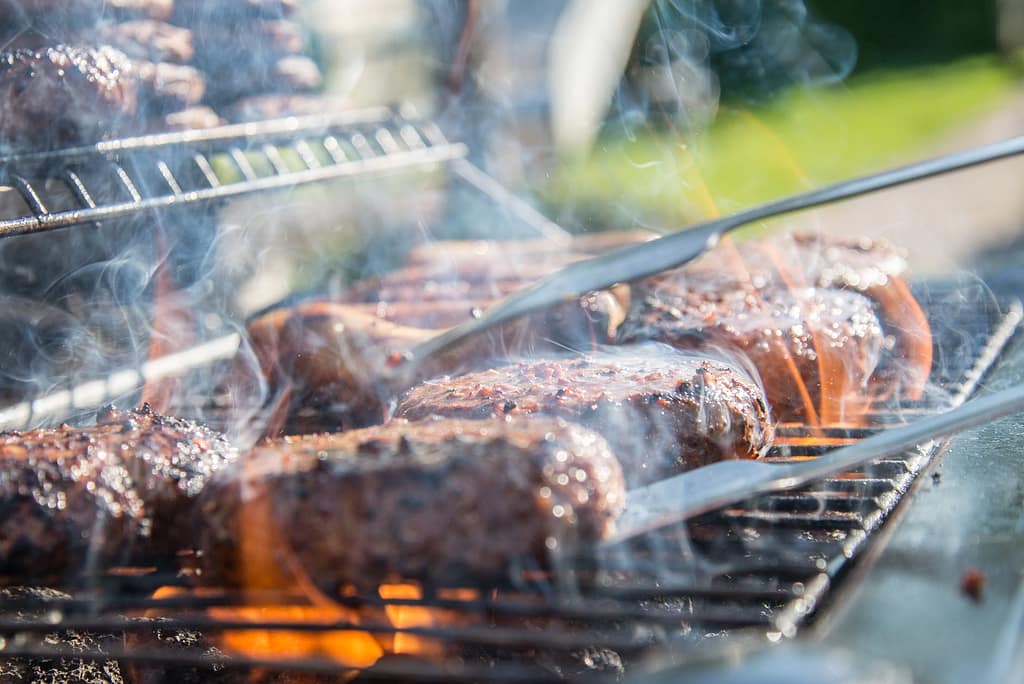
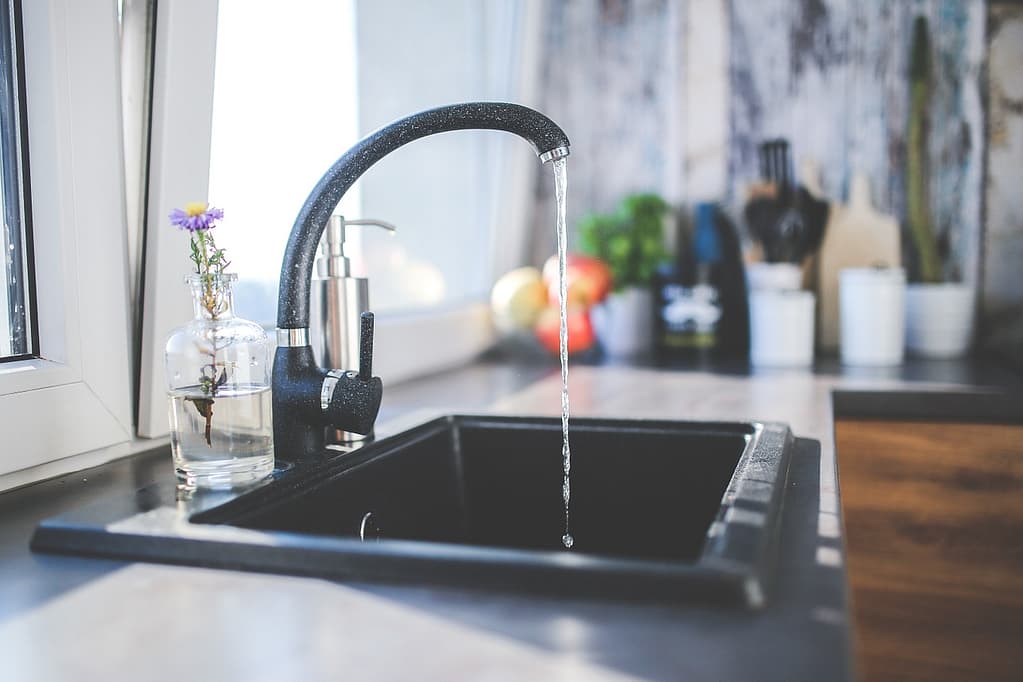
 It is also good that you ask for referrals before hiring a kitchen remodeling contractor. As a single individual, you will agree that you cannot know everything and this is why working with other people is a good idea. They will provide you with the information that you would have probably not got from anywhere. Take time to go through the online reviews and get to see what other people who might have used the services before having in mind as far as the company is concerned.
It is also good that you ask for referrals before hiring a kitchen remodeling contractor. As a single individual, you will agree that you cannot know everything and this is why working with other people is a good idea. They will provide you with the information that you would have probably not got from anywhere. Take time to go through the online reviews and get to see what other people who might have used the services before having in mind as far as the company is concerned.
 The first and usually the most forgotten thing that everyone who is looking for a construction company must know is if the company that will be working on their home building project is licensed and registered. Ensuring that the construction company you choose is registered gives you a piece of mind because it guarantees you of safety. Note that knowing that a company is registered also means that the engineers who work with the company are certified.
The first and usually the most forgotten thing that everyone who is looking for a construction company must know is if the company that will be working on their home building project is licensed and registered. Ensuring that the construction company you choose is registered gives you a piece of mind because it guarantees you of safety. Note that knowing that a company is registered also means that the engineers who work with the company are certified.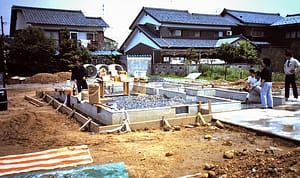 Probably the only way to guarantee an excellent home is to hire a company with sufficient constructing experience. Your dream home construction project should not be left to chance, meaning that, you need to take your time and find a company that has been in business for a longer period. As a matter of fact, experience is gained through years and years of building and perfecting the art of constructing a home. And going for a company that has been actively constructing homes is a sure way to turn your dream to reality.
Probably the only way to guarantee an excellent home is to hire a company with sufficient constructing experience. Your dream home construction project should not be left to chance, meaning that, you need to take your time and find a company that has been in business for a longer period. As a matter of fact, experience is gained through years and years of building and perfecting the art of constructing a home. And going for a company that has been actively constructing homes is a sure way to turn your dream to reality.

 Where to Hang
Where to Hang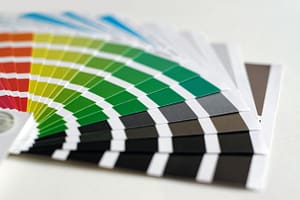 Durability
Durability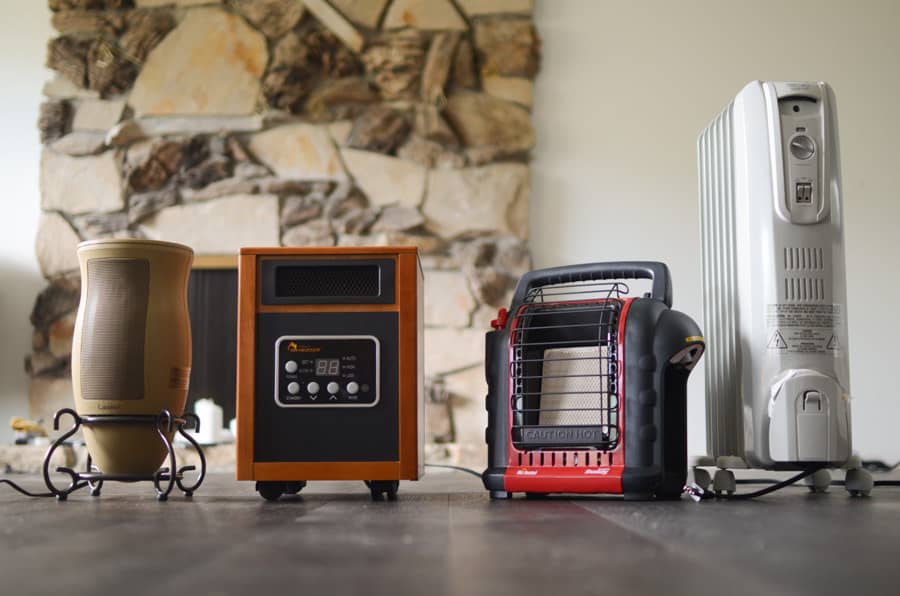

 It is safe to use these heaters in homes since the surface of infrared heaters is safe to touch. This feature is vital if you have pets and little kids in your house. There is, therefore, no worry about them getting blistered while running or playing around with the heater on. It is also safe to breathe as it does not emit toxic substances that are harmful to the body. The rays which the heaters release are minimal, so there is no harm of getting overexposed.
It is safe to use these heaters in homes since the surface of infrared heaters is safe to touch. This feature is vital if you have pets and little kids in your house. There is, therefore, no worry about them getting blistered while running or playing around with the heater on. It is also safe to breathe as it does not emit toxic substances that are harmful to the body. The rays which the heaters release are minimal, so there is no harm of getting overexposed.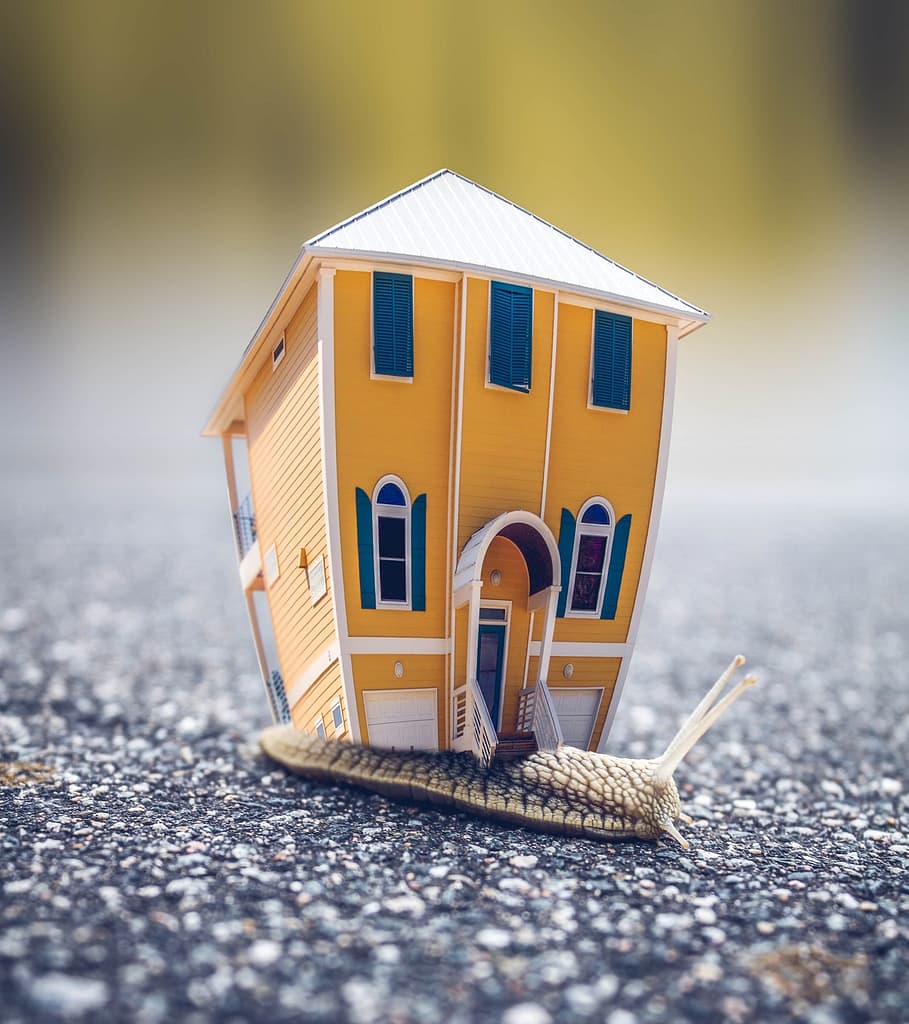

 Among all the choices to pick, renting a boarding house is the only option that can give you the feeling of living in your own property. It is basically a concrete family house with several facilities to offer, including bedrooms, a kitchen, and a bathroom. Renting such a place might include an official contract elaborating the price that the lodgers need to pay and the list of the services that the tenant will get. The range of the service may include weekly laundry and breakfast. Some even offer a full set of furniture and electrical appliances.
Among all the choices to pick, renting a boarding house is the only option that can give you the feeling of living in your own property. It is basically a concrete family house with several facilities to offer, including bedrooms, a kitchen, and a bathroom. Renting such a place might include an official contract elaborating the price that the lodgers need to pay and the list of the services that the tenant will get. The range of the service may include weekly laundry and breakfast. Some even offer a full set of furniture and electrical appliances.
 You need to check whether the company is bonded, insured, or licensed. This is one of the items that most people overlook. It is advisable to ensure that the company you choose is insured. Remember to ask for proof before hiring them. If they fail to do this, you should look elsewhere. Having the right documents shows that they are legitimate. A lot of people discover that their contractor was not licensed after their gutters and windows are broken.
You need to check whether the company is bonded, insured, or licensed. This is one of the items that most people overlook. It is advisable to ensure that the company you choose is insured. Remember to ask for proof before hiring them. If they fail to do this, you should look elsewhere. Having the right documents shows that they are legitimate. A lot of people discover that their contractor was not licensed after their gutters and windows are broken. The company should have high safety ratings. This ought to be one of the most important factors to consider when hiring a window cleaning firm. They should provide you with their safety rating. A lot of companies can provide this information without being asked. If they are not willing to provide, this is a good sign that they had recent incidents they are not willing to provide.
The company should have high safety ratings. This ought to be one of the most important factors to consider when hiring a window cleaning firm. They should provide you with their safety rating. A lot of companies can provide this information without being asked. If they are not willing to provide, this is a good sign that they had recent incidents they are not willing to provide.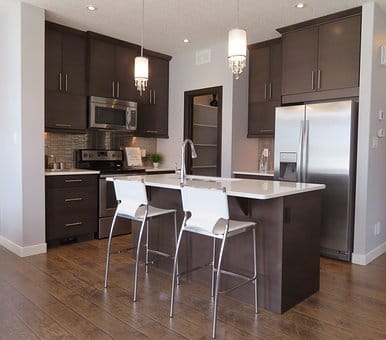
 If you are an environmental enthusiast, then a refrigerator water filter is the best option to help you keep the environment clean in regards to drinking water. With a water filter on your refrigerator, you will not need bottled water in your house. The water filter will play a role of ensuring you get clean and safe water hence you won’t consider buying bottled water for drinking. Bottled water has been a concern for the environment because it promotes contamination of the environment.
If you are an environmental enthusiast, then a refrigerator water filter is the best option to help you keep the environment clean in regards to drinking water. With a water filter on your refrigerator, you will not need bottled water in your house. The water filter will play a role of ensuring you get clean and safe water hence you won’t consider buying bottled water for drinking. Bottled water has been a concern for the environment because it promotes contamination of the environment.
 Nowadays, there are several coffee makers on the market. This makes it quite difficult to find one that suits your needs. Thus, it is necessary to consider certain pointers and considerations before making your decision. Personal preference should play an important role. However, there are certain factors you ought to consider along the way.
Nowadays, there are several coffee makers on the market. This makes it quite difficult to find one that suits your needs. Thus, it is necessary to consider certain pointers and considerations before making your decision. Personal preference should play an important role. However, there are certain factors you ought to consider along the way. This is an important feature that is available in advanced machines that allow you to program custom coffee creations. You should first experiment with different strengths, milk contents, and temperatures. After this, you can program the machine to remember the settings and make your custom coffee. With this, you can make quality coffee with a touch of a button.
This is an important feature that is available in advanced machines that allow you to program custom coffee creations. You should first experiment with different strengths, milk contents, and temperatures. After this, you can program the machine to remember the settings and make your custom coffee. With this, you can make quality coffee with a touch of a button.

 One of the most basic things every resident needs to do to be able to add more zeros to the price tag is to remodel the house, especially when the building has quite an ancient look. Do not get this wrong! Many people love something quite old. However, having a haunted-looking building instead of the well-treated manor-like house will not take you anywhere but frustration. If your neighbors start having goosebumps whenever they are somewhere in your land, that is the time to do the remodeling.
One of the most basic things every resident needs to do to be able to add more zeros to the price tag is to remodel the house, especially when the building has quite an ancient look. Do not get this wrong! Many people love something quite old. However, having a haunted-looking building instead of the well-treated manor-like house will not take you anywhere but frustration. If your neighbors start having goosebumps whenever they are somewhere in your land, that is the time to do the remodeling.



 Your family and friends can refer you to other professionals who have worked closely with in the past. They can also tell you about the people you need to avoid. You should let them know specifically about those things which are crucial to you. In general, you should look for a person who has the skills and experience that matches all your needs.
Your family and friends can refer you to other professionals who have worked closely with in the past. They can also tell you about the people you need to avoid. You should let them know specifically about those things which are crucial to you. In general, you should look for a person who has the skills and experience that matches all your needs.